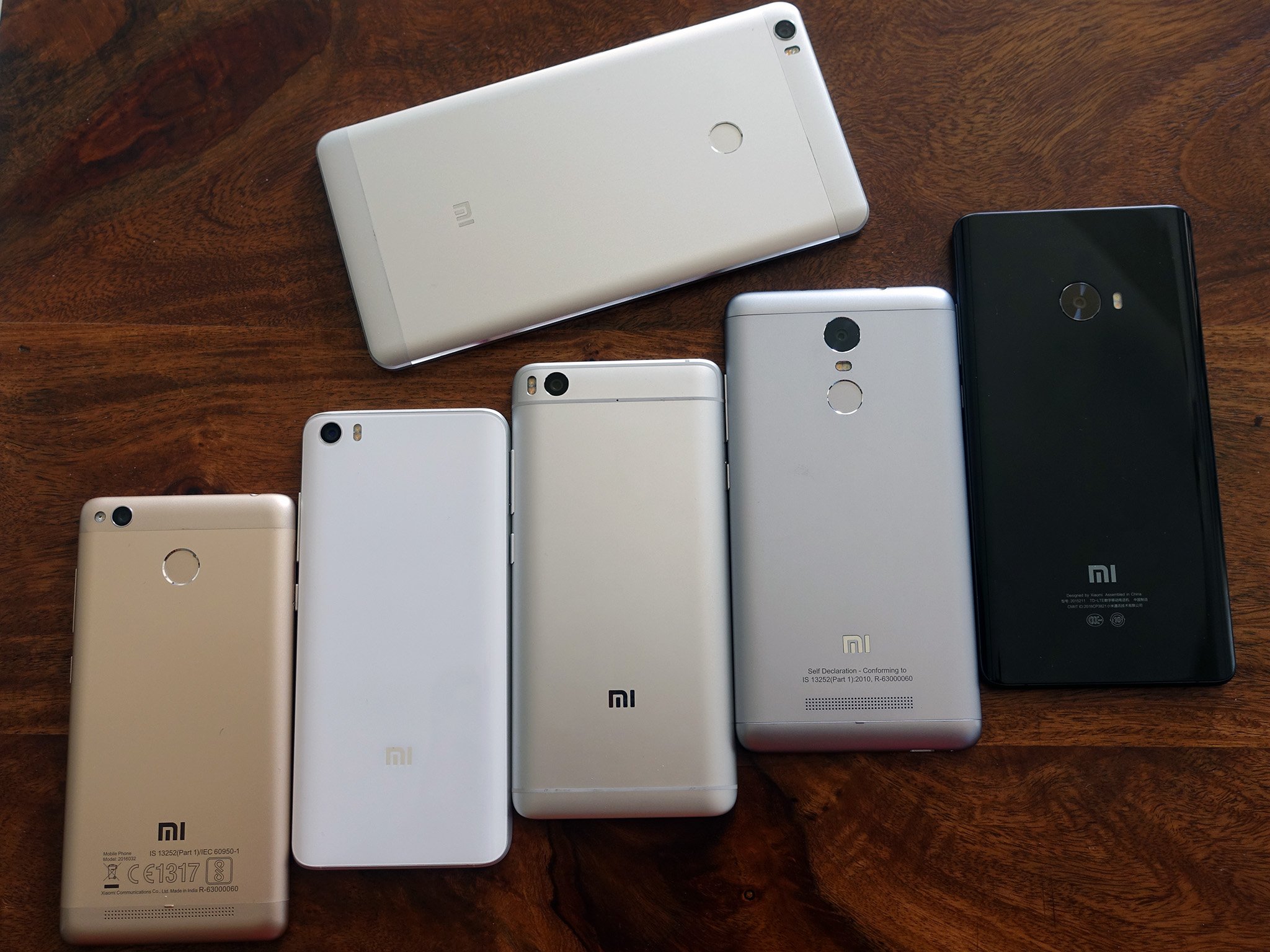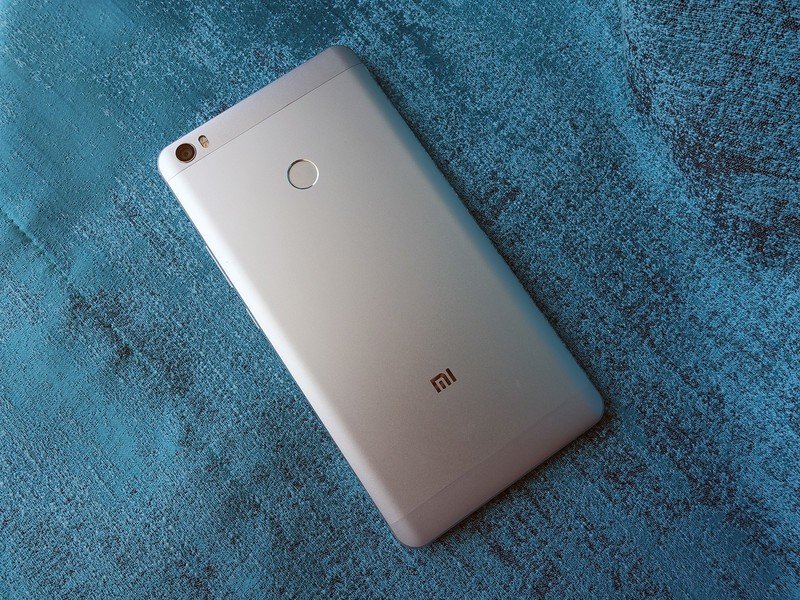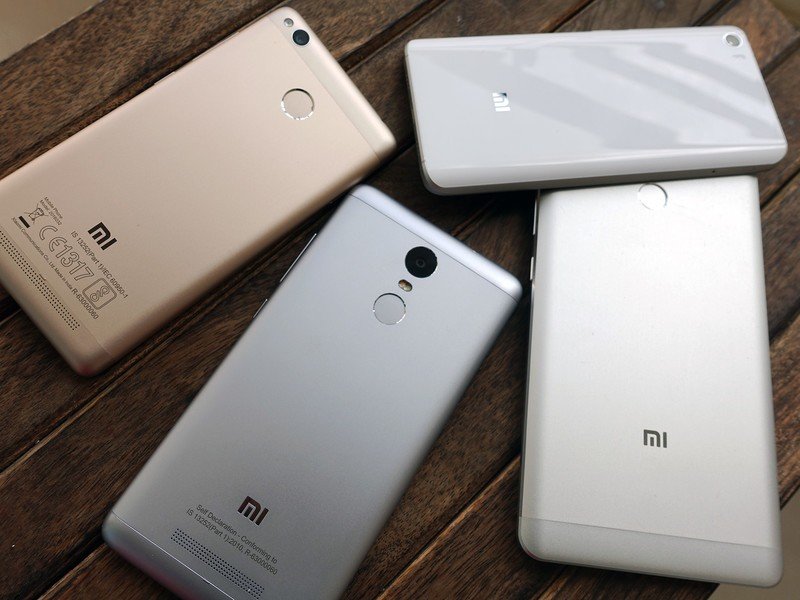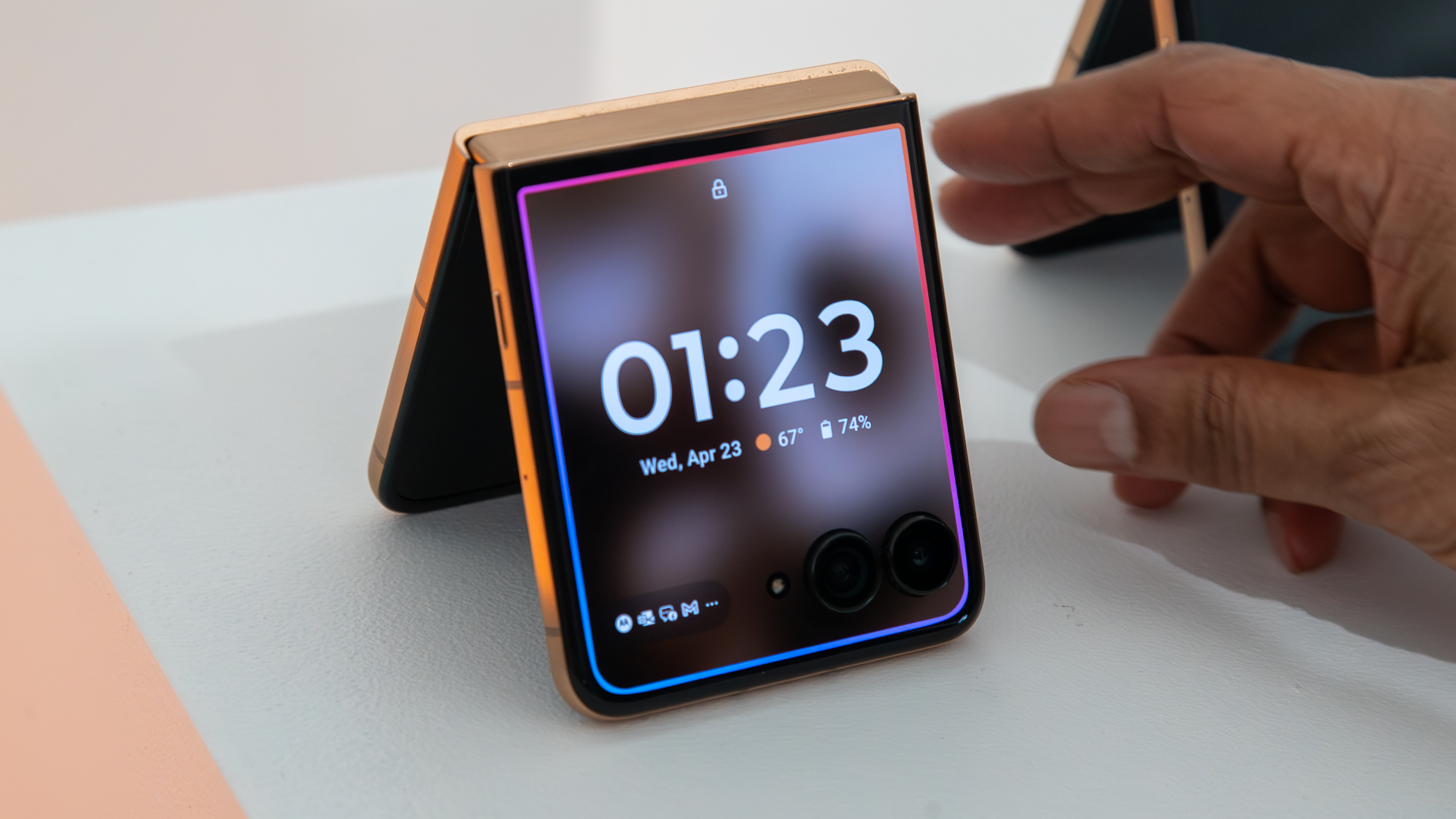Everything you need to know about importing a Xiaomi phone into the U.S.

There are plenty of great options in the U.S. if you're on the lookout for a budget phone, but they don't hold up against the likes of what Xiaomi has to offer in this segment. Ever since the Chinese company burst onto the scene a few years ago, it has consistently released entry-level phones that raised the bar in this segment.
The only problem with Xiaomi is that its products aren't available in Western markets. The manufacturer is focusing its attention on India and other parts of Asia, and while a U.S. launch is on the cards "in the near future", the brand isn't ready to venture into the country just yet. Judging by the way its Chinese rival LeEco debuted in the market, it's likely Xiaomi will want to hold off until it has the infrastructure and marketing in place.
Right now, your best recourse to getting your hands on a Xiaomi phone in the U.S. is through third-party resellers. That said, there are a few limitations with this option as well. Before we get to them, here's a look at some of the phones that Xiaomi has to offer.
Xiaomi makes a lot of great phones

Xiaomi has outdone itself this year with budget devices like the $150 Redmi 3S Prime and the $200 Redmi Note 4. The Redmi 3S has a 5-inch 720p display, is one of the first phones to run the Snapdragon 430, and comes with 3GB of RAM, 32GB storage, 13MP camera, 5MP front shooter, and a massive 4100mAh battery. The phone lasts two days on a full charge without breaking a sweat.
The Redmi Note 4 is an incremental update to the stellar Redmi Note 3, offering a 5.5-inch Full HD display, MediaTek Helio X20 SoC, 3GB of RAM, 64GB storage, microSD slot, 13MP camera, 5MP front camera, and a 4100mAh battery. All for under $200. The phone runs MIUI 8 atop Android 6.0 Marshmallow out of the box.
If you're interested in a large phone, there's the Mi Max, which is essentially a larger version of the Redmi Note 3. You get a huge 6.44-inch Full HD display, Snapdragon 652, 4GB of RAM, 128GB storage, 16MP camera, 5MP shooter, and a 4850mAh battery. The Mi Max is available from reseller sites for $319.
We've also seen four high-end devices make their debut over the course of the year: the Mi 5 launched in February, followed by the Mi 5 in August, and more recently the Mi Note 2 and the Mi Mix. The Mi 5 felt unfinished, but the Mi 5s fixes most of its predecessor's niggles, and the Mi Note 2 is notable for being the first Xiaomi phone to offer global LTE bands.
Get the latest news from Android Central, your trusted companion in the world of Android
The Mi Note 2 has a 5.7-inch Full HD dual curved display, Snapdragon 821, 6GB of RAM, 128GB storage, 22MP camera, 8MP front camera, and a 4070mAh battery. The global variant of the phone has 37 LTE bands in total, allowing it to access LTE on North American carriers. That's a big deal.
Then there's the bezel-less Xiaomi Mi Mix. With an 84% screen-to-body ratio, there really isn't a handset on the market quite like it. It uses ultrasound instead of a proximity sensor and has a piezoelectric motor for calls. The front camera is tucked into the bottom of the phone, and the result is a 6.4-inch handset that has the same dimensions as the S7 edge. The bezel-less panel will make it difficult to hold the phone and will likely result in a lot of unintentional touches, but once again, there isn't any other phone available today that's as drool-worthy as the Mi Mix.
What you get (and don't) when you import

Even though most of Xiaomi's products are limited to China, you can easily import its phones via third-party reseller sites like GearBest. These phones come with a global MIUI ROM that includes GMS (Google Mobile Services) — the Play Store, Chrome, Gmail, YouTube, and other Google services.
While Xiaomi's hardware is certainly exciting, there's one glaring issue when you're buying its products for use in North American markets: you don't get any warranty or after-sales service. The manufacturer has no phone presence in the West, so if something breaks on your handset, there really isn't a whole lot you can do.
That's a trade-off worth considering if you want to buy Xiaomi's entry-level hardware, but when you're investing over $400 on a handset, after-sales service is a major consideration. To put things into context, Xiaomi has been officially selling phones in India for three years now, and it is yet to figure out how to streamline after-sales support in the country.
If you're curious about what Xiaomi has to offer, you're better off investing in its budget phones.
Look through any Twitter or Facebook post by Hugo Barra or Xiaomi's India head Manu Kumar Jain, and you'll often see a litany of complaints by frustrated customers. To its credit, Xiaomi has announced that it will launch an in-house after-sales team that will provide much better service to customers in the country.
There's also the connectivity issue to consider. Xiaomi's phones are designed to work in Asian markets, and as such lack the requisite LTE bands for North American carriers. The exception is the global Mi Note 2, but if you were looking to buy the phone outside of China, you'll have to shell out $649. The phone is certainly loaded with features, but for that amount, you're better off with the S7 edge or the Pixel.
But if you're looking for an affordable phone with great specs or are interested in a backup phone, then Xiaomi's budget offerings are an excellent alternative to the likes of the Blu R1 HD or the Moto G4. Just make sure you're buying from a reliable reseller (HonorBuy or GearBest), and the phone comes with a global ROM with the Play Store installed. The Redmi Note 4 isn't going to connect to LTE bands in the U.S., but it should work just fine on 3G.

Harish Jonnalagadda is Android Central's Senior Editor overseeing mobile coverage. In his current role, he leads the site's coverage of Chinese phone brands, networking products, and AV gear. He has been testing phones for over a decade, and has extensive experience in mobile hardware and the global semiconductor industry. Contact him on Twitter at @chunkynerd.
